Tips To Reduce Ash During Haying
Ash is an often-misunderstood component of forage quality. As we discussed before, all plants contain ash. This internal ash content is important for animal development. The average internal ash content of grass is about 6% and 8% for alfalfa.
External ash content, on the other hand, does not provide nutritional value and reduces overall bale quality. This type of ash comes from dirt, bedding, sand and other soils deposited on forage throughout the growing and haying process. External ash content varies widely, even within a single sample, and is impacted by stand location, weather and equipment setup.
Higher percentages of external ash reduce overall bale quality. This ash type has a 1:1 displacement with energy content in forage, so for every 1% increase in ash, there is about a 1% decrease in total digestible nutrients (TDN). Additionally, 1 ton of alfalfa hay with an ash content of 14% contains 120 pounds of soil contamination.
There is no way to eliminate external ash entirely. However, with attention to detail and proper equipment setup, hay producers can minimize external ash contamination during mowing, tedding, raking and baling.
Tips To Reduce Ash During Mowing
- Raise the cutter bar. Minimizing ground contact is the easiest way to reduce ash content. For producers running a disc mower, raising the cutter bar can help reduce ash content. According to research from the University of Wisconsin-Madison, cutting forages such as alfalfa at 1.5 inches can provide maximum yield, with each additional inch resulting in a 0.5 tons per acre lower yield. However, there is also greater potential forage will pick up external ash when soil surface is dry. In many cases, raising the cutter bar to 3-4 inches improves forage quality by reducing ash content and harvesting the most nutritious portion of the plant with minimal yield loss.
- Adjust the disc angle. As with the cutter bar, adjusting the disc angle to minimize soil pickup will help reduce external ash. Depending on crop conditions, the cutting angle can be adjusted between 4 and 10 degrees below horizontal. A 7-degree angle is recommended in normal conditions, while a 4-degree angle is better in rough or rocky conditions, and a 10-degree angle can be used for downed or lodged crop. Before mowing, adjust equipment for the crop in front of you to minimize ash.
- Use flat knives. Flat knives will pick up the least ash during mowing.
Tips To Reduce Ash During Raking and Tedding
- Know your fields. Most hay producers rely on ground-driven raking implements. According to previous research, ground-driven rakes increase the incorporation of external ash content into the harvested crop. However, being aware of field conditions and adjusting accordingly can help minimize contamination. Avoid holes and dirt mounds if possible. Running implements in the morning, when soil moisture is higher, can also limit ash accumulation. This tactic must be balanced with drying conditions, though, making it harder to implement in every situation.
- Consider rotary implements. Rotary rakes and tedders aren’t ground driven, making them an ideal solution for hay producers in high-ash regions. Implement height can be set to match stubble height, resulting in optimal yields with minimal ash contamination. In a recent study we conducted, using rotary rakes consistently resulted in lower ash content than wheel rakes.
- Raise the tine height on your tedder. Ensure tines are low enough to the ground to adequately spread the forage while being high enough to reduce soil contact.
Tips To Reduce Ash During Baling
- Adjust pickup height to match ground conditions. If your pickup is set too low, you run the risk of scraping the ground, which can increase ash content.
Reducing Ash Is a Season-Long Endeavor
Eliminating ash entirely is impossible. It’s also impossible to reduce ash content once it has been introduced to your forage. Focus on minimizing ash early and through each step of your haying process. Work with your local Massey Ferguson dealer to ensure you have the right haying tools for your operation and that every implement is correctly set up for your field conditions.
Agronomist Bio
Dr. Jessica Williamson is the livestock and forage manager for AGCO. Jessica’s expertise is in forage quality, management and production, as well as ruminant nutrition and the plant-animal interaction. Jessica is responsible for designing and conducting field tests on hay and forage equipment; educating AGCO personnel and customers on forage management, production and livestock nutrition; and working with the Green Harvest team on ongoing forage projects. Connect with Jessica on LinkedIn.


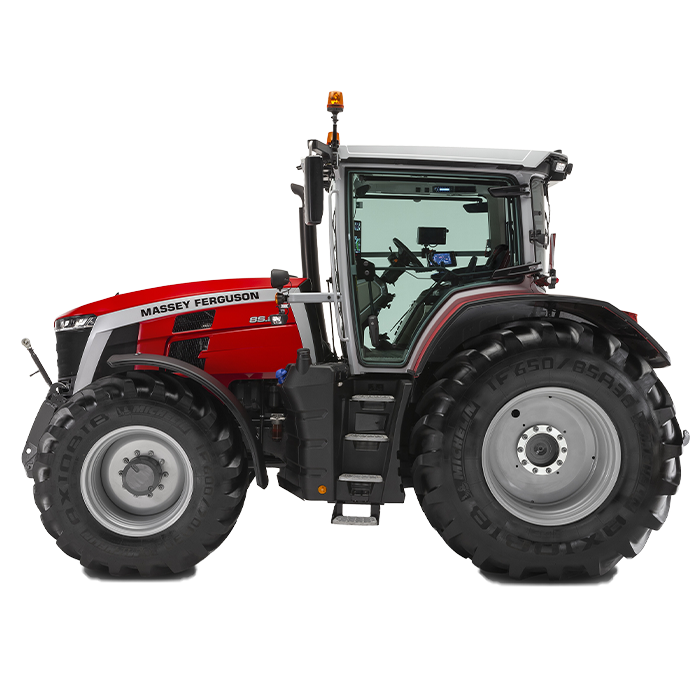
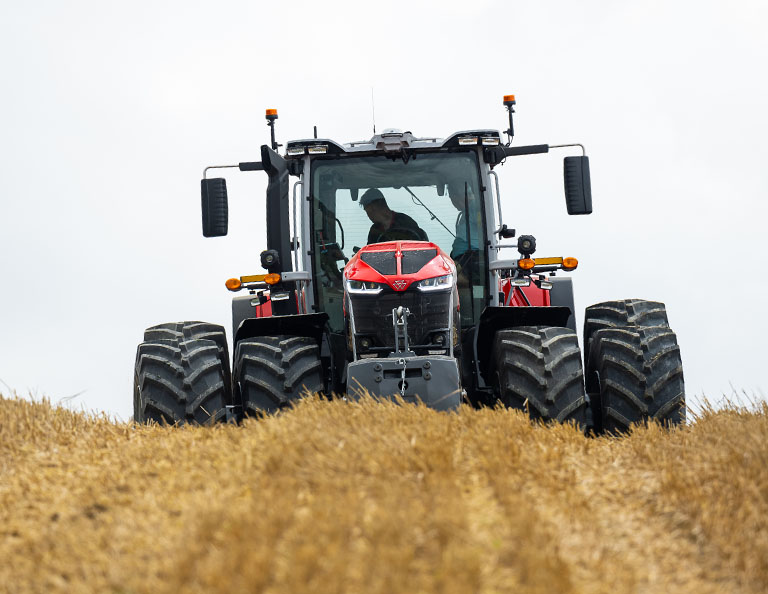

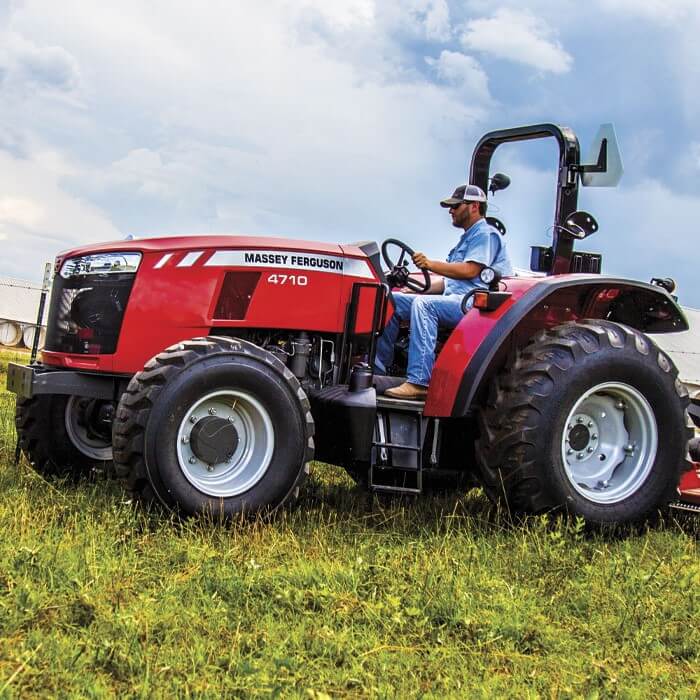


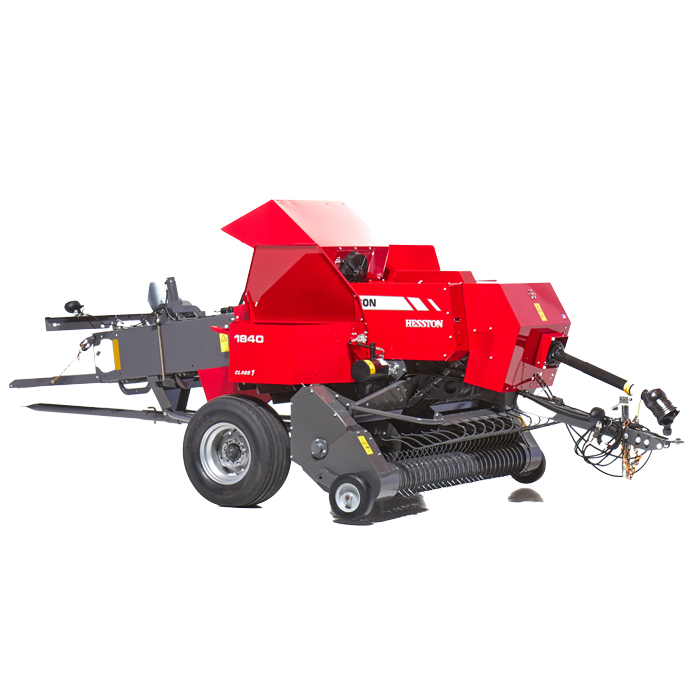
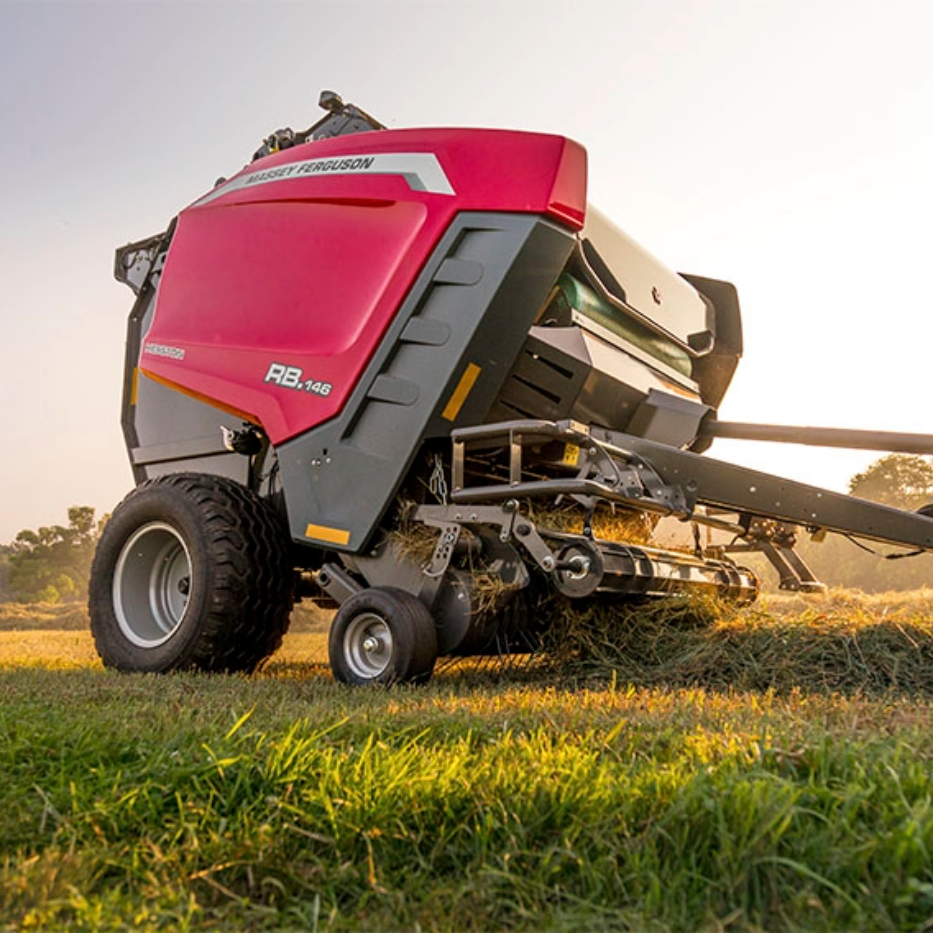
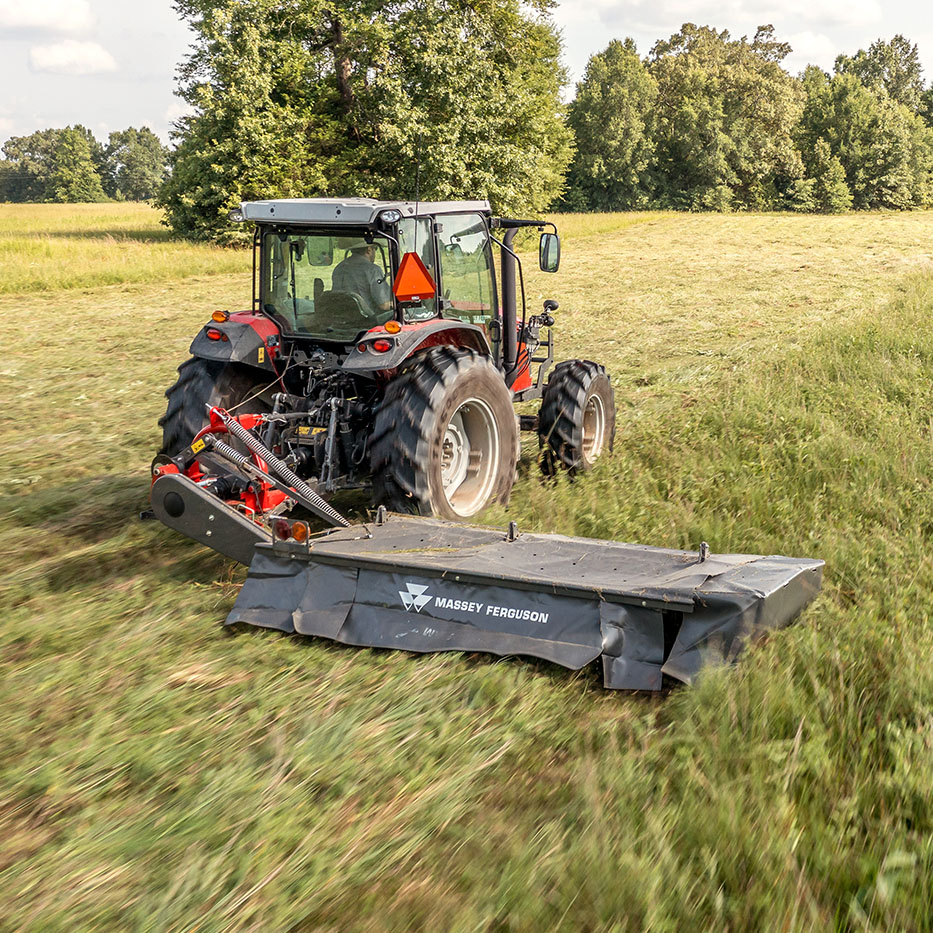
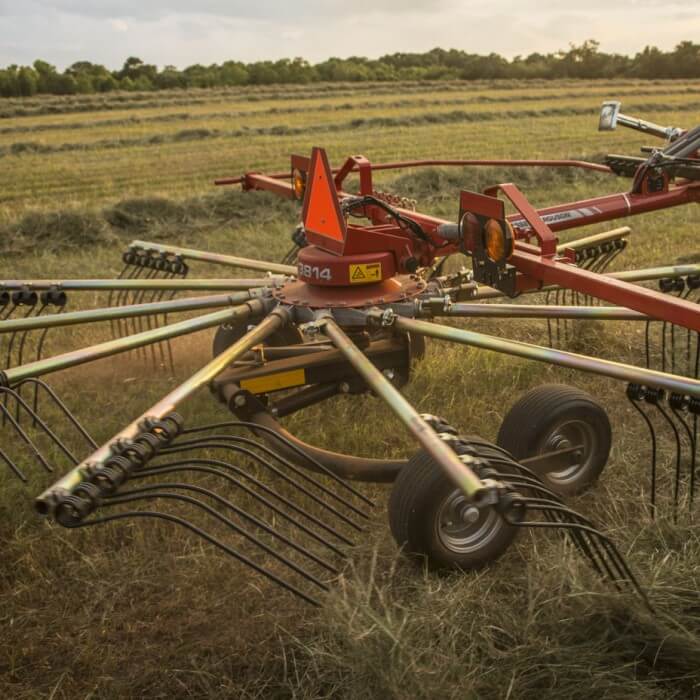
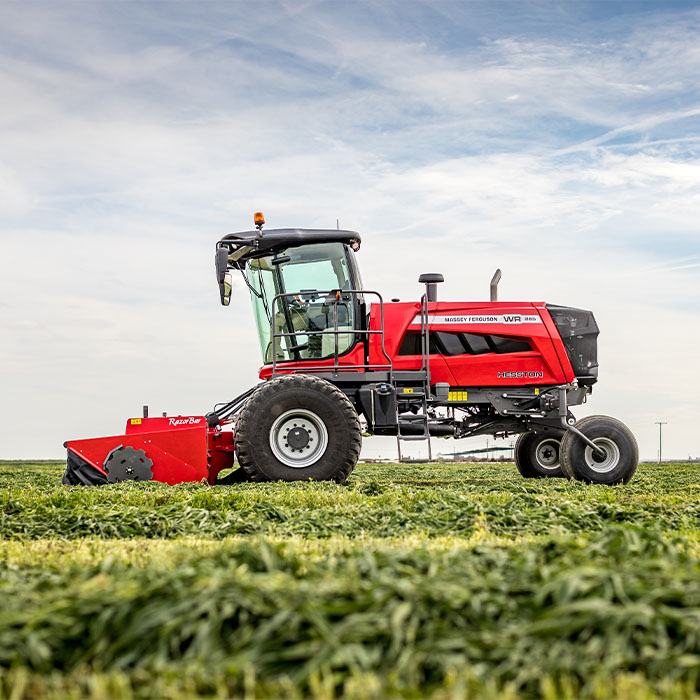
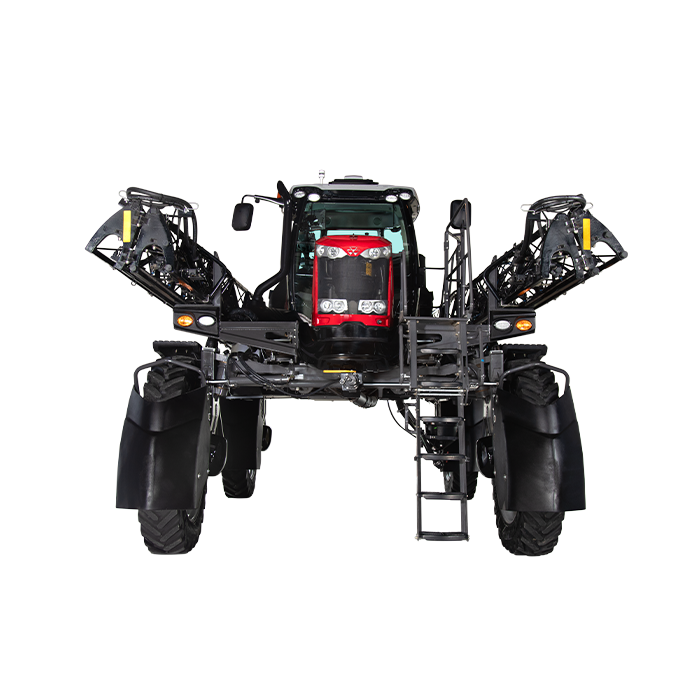

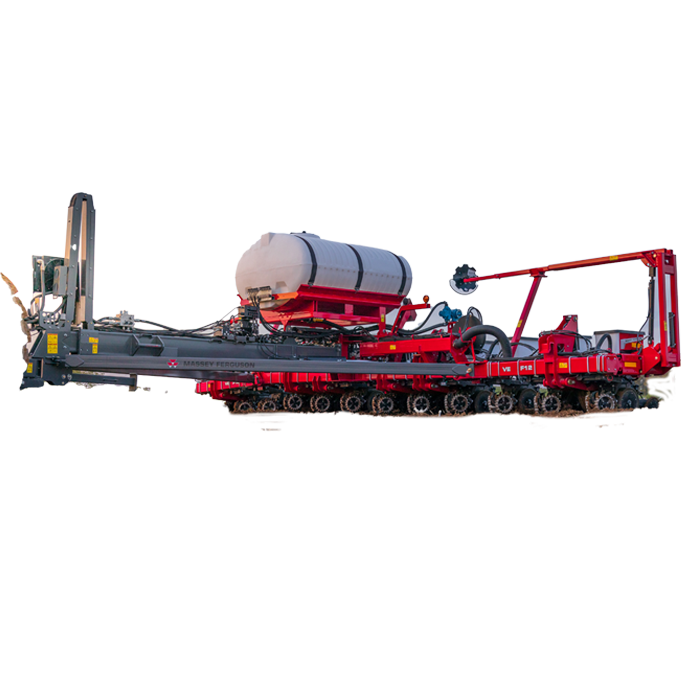
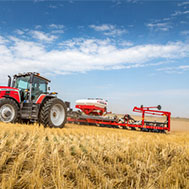
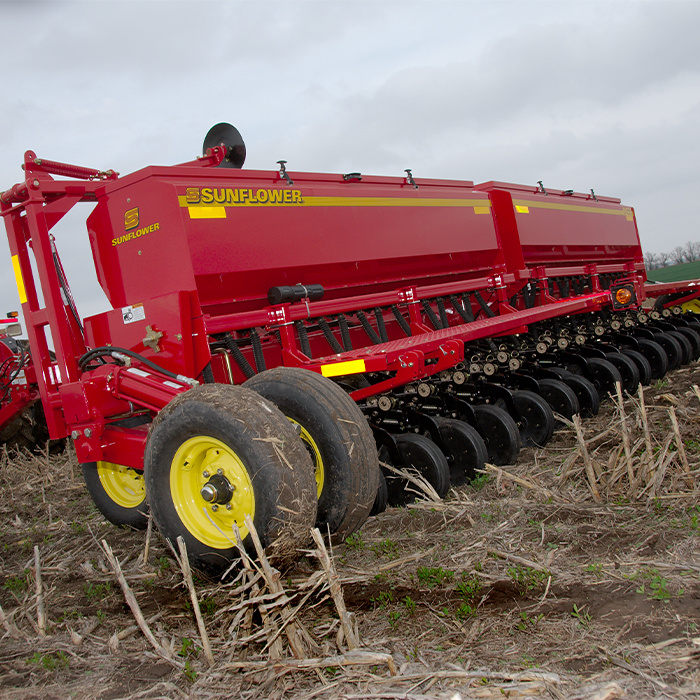
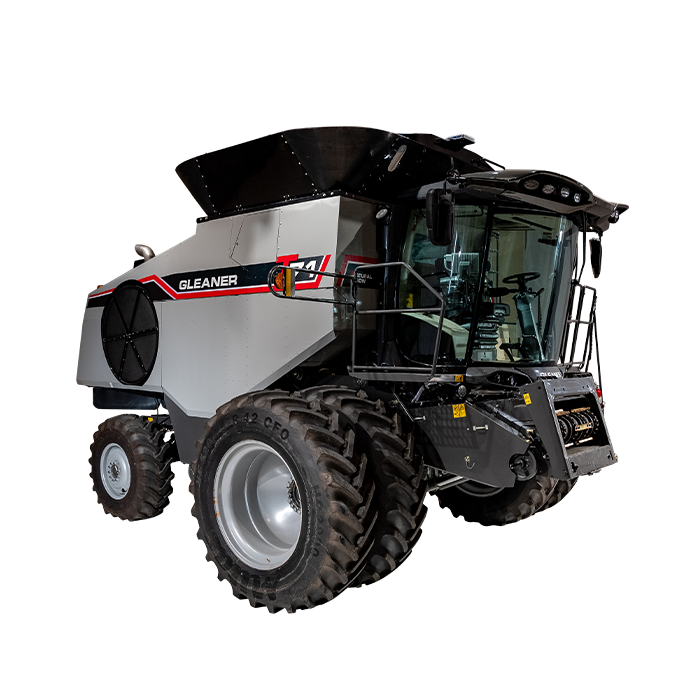

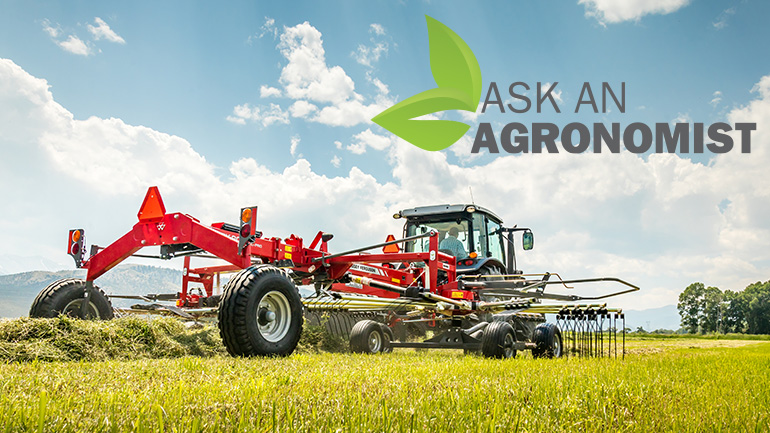
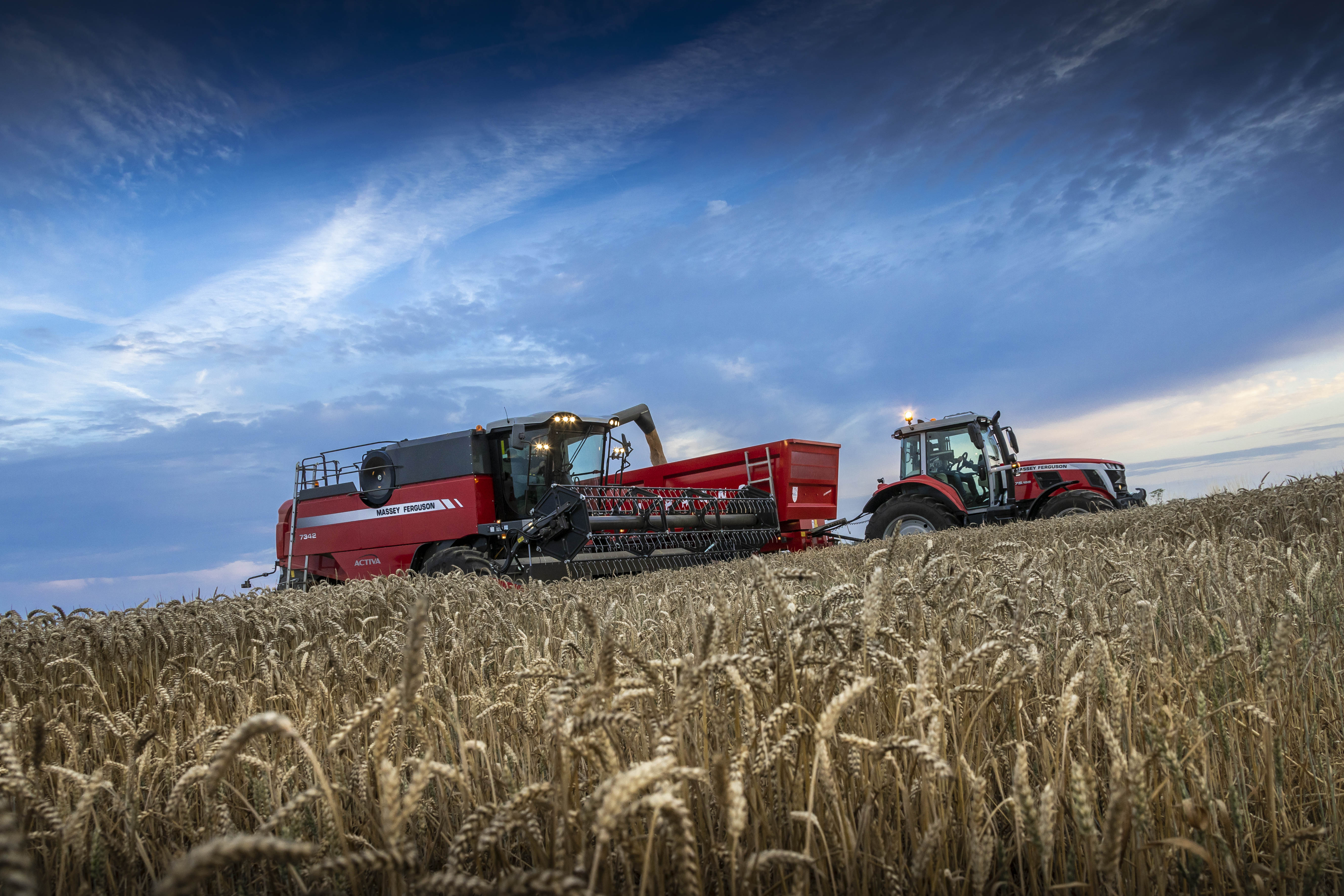
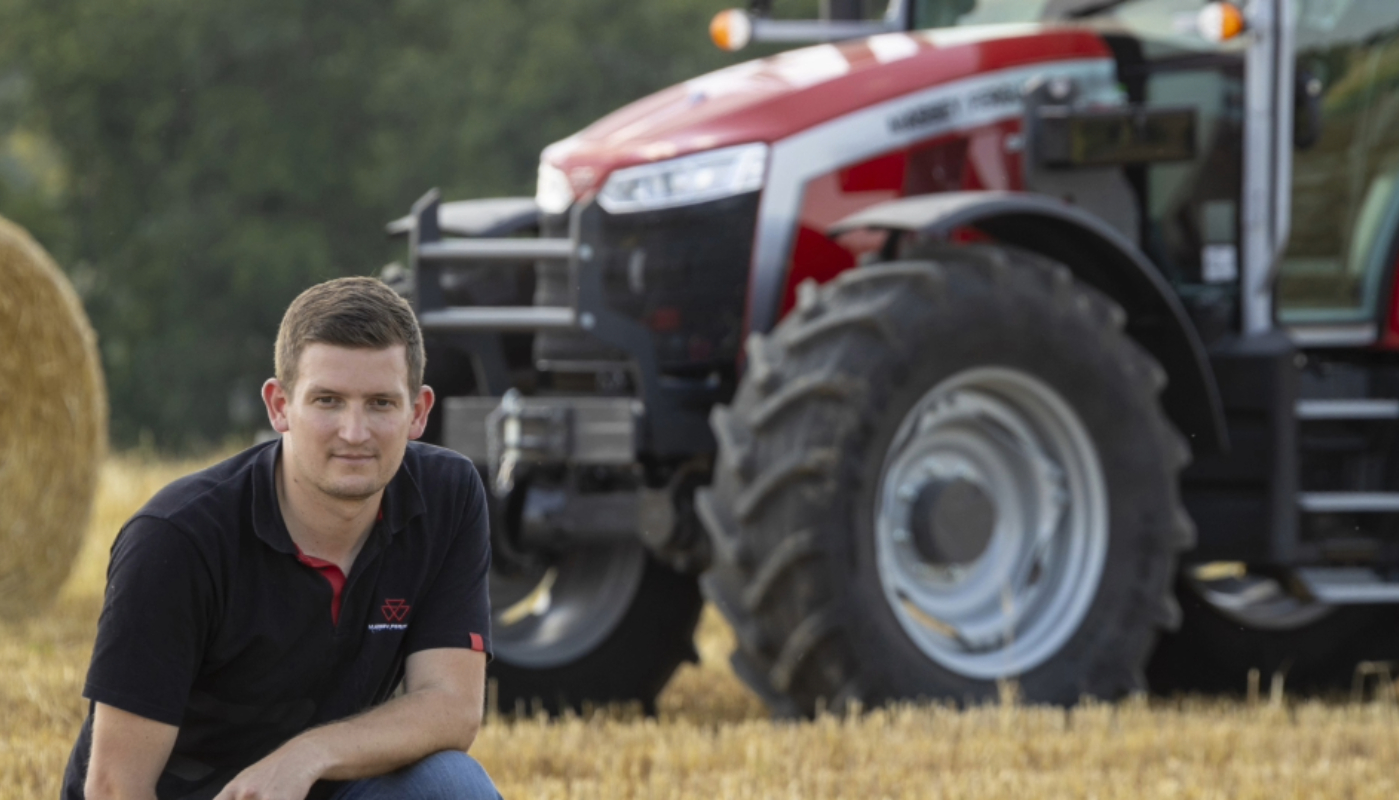
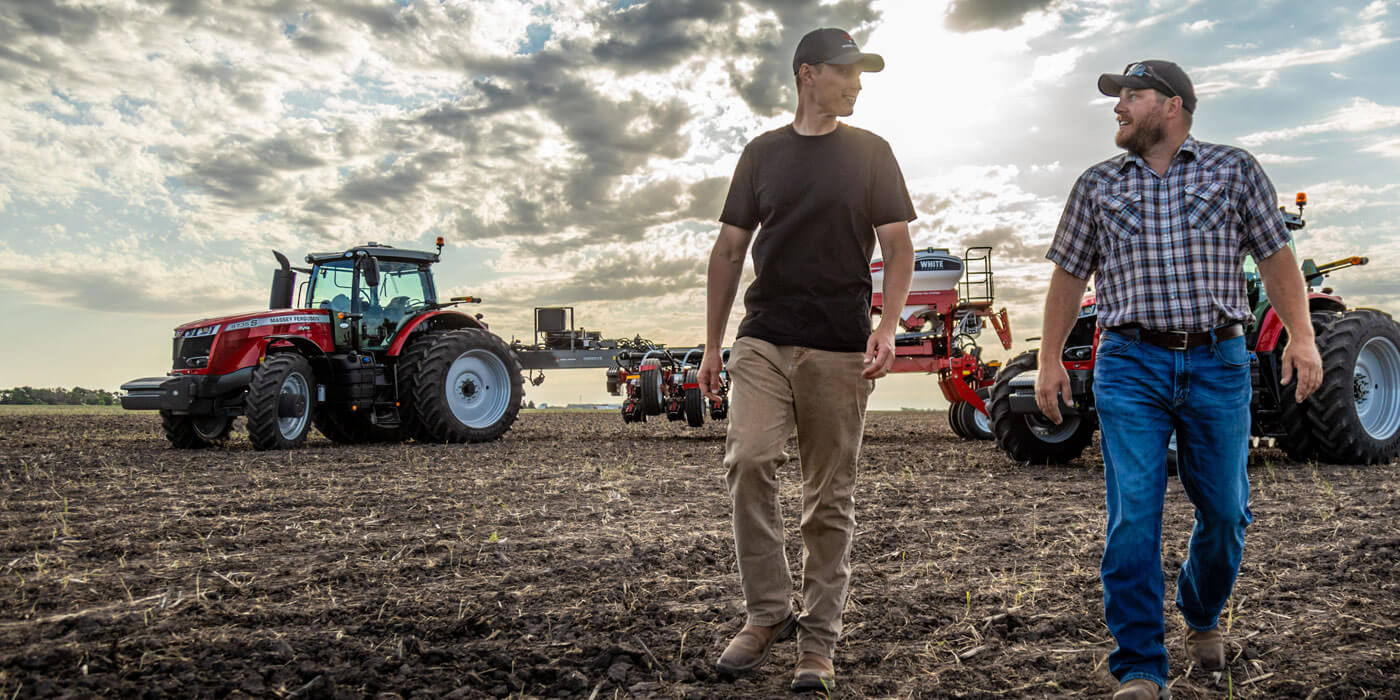
Share